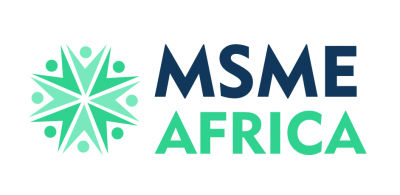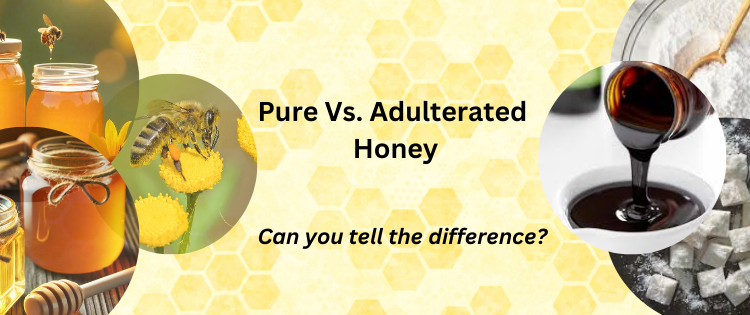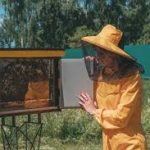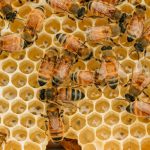“Is your honey pure?” This is the most common question people ask me, when I tell them that I am a beekeeper. Honey, often called “liquid gold,” is a staple in many households worldwide for its taste, health benefits, and versatility. However, the growing issue of adulterated honey undermines its reputation, posing challenges for consumers and producers alike. In Kenya, this problem threatens not only the livelihoods of genuine beekeepers but also consumer trust and public health. Addressing honey adulteration is not just a regulatory necessity—it is a golden opportunity for entrepreneurs to innovate in quality assurance and consumer education, creating value while restoring trust in the product.
The Problem: Understanding Honey Adulteration
Honey adulteration refers to the addition of foreign substances, such as sugar syrups, water, artificial sweeteners, molasses, banana adulterants to reduce production costs while increasing volume. A 2021 study by the Kenya Bureau of Standards (KEBS) revealed that 46% of honey samples tested in Kenya were adulterated, undermining consumer trust and damaging the market for genuine producers.
Adulterated honey is less nutritious, lacks the medicinal properties of pure honey, and may even contain harmful contaminants. For beekeeping entrepreneurs, this problem presents both a challenge and a business opportunity to ensure quality and educate consumers.
The Business Case for Quality Assurance
Entrepreneurs can play a critical role in addressing honey adulteration by investing in quality assurance systems. These systems are designed to authenticate the purity of honey and differentiate genuine products from counterfeit ones.
1. Certification and Testing Labs
One of the most effective solutions is establishing certification and testing facilities. Honey certified by recognized authorities, such as KEBS or international organizations like ISO, ensures consumers receive a product that meets quality standards. Entrepreneurs can set up honey-testing labs or collaborate with existing institutions to offer affordable testing services.
2. Traceability Solutions
Innovative traceability systems, such as QR codes on packaging, allow consumers to verify the origin and purity of honey. Scanning these codes provides information about the beekeeper, the production process, and quality tests conducted, enhancing transparency and consumer confidence.
3. Branding and Packaging
Investing in premium branding and eco-friendly packaging communicates quality and authenticity. For instance, incorporating tamper-proof seals can assure consumers that the product they purchase is unaltered.
Consumer Education: A Key Strategy
Educating consumers is another crucial aspect of combating honey adulteration. When consumers can identify pure honey, demand for adulterated products diminishes, creating a market incentive for quality production.
1. Awareness Campaigns
Entrepreneurs can organize workshops, social media campaigns, and community events to educate the public on distinguishing pure honey. Simple tests, such as checking honey’s viscosity or dissolving it in water to observe sedimentation, can empower buyers to make informed choices.
2. Partnerships with Retailers
Collaborating with retailers to create “pure honey” sections in supermarkets or online stores can help consumers access genuine products more easily. These partnerships can also include in-store demonstrations or promotional materials highlighting the benefits of pure honey.
3. Leveraging Digital Platforms
Creating content-rich websites or YouTube channels dedicated to honey education can be a cost-effective way to reach a larger audience. Tutorials, infographics, and testimonials can be powerful tools for spreading awareness.
The Economic Opportunity
Investing in quality assurance and consumer education is not just socially responsible but also economically lucrative. The global honey market is expected to reach $14.6 billion by 2025, with demand for organic and unadulterated honey growing exponentially. Entrepreneurs who position themselves as leaders in quality and authenticity stand to benefit significantly from this trend.
Case Study: Manuka Honey’s Success
Manuka honey from New Zealand is a prime example of how quality assurance can drive value. With stringent quality tests and Unique Manuka Factor (UMF) grading, Manuka honey commands prices up to 10 times higher than regular honey. Kenyan beekeepers can adopt similar models to elevate the value of local honey.
Challenges and Solutions
While the opportunities are immense, addressing honey adulteration comes with challenges.
- Cost of Testing and Certification
Solution: Establish cooperatives where small-scale beekeepers share resources to afford certification and equipment. Government subsidies or grants can also reduce costs. - Consumer Skepticism
Solution: Invest in consistent education and use storytelling to build emotional connections with consumers. Highlighting the journey “from hive to table” fosters trust. - Competition from Counterfeit Producers
Solution: Advocate for stricter regulations and collaborate with authorities to enforce penalties for fraudulent practices.
Conclusion
The fight against honey adulteration is a win-win for entrepreneurs, consumers, and the beekeeping industry. By prioritizing quality assurance and consumer education, entrepreneurs can carve out a niche market for premium honey, boost their earnings, and contribute to the sustainability of the apiculture sector.
Kenya’s rich biodiversity and entrepreneurial spirit position it perfectly to become a global leader in honey production and innovation. The time to act is now—let’s turn the challenge of honey adulteration into an opportunity for growth, trust, and prosperity.
Kenya’s rich biodiversity and innovative drive position it to lead the world in honey production and excellence. It’s time to turn the challenge of honey adulteration into a golden opportunity for growth, trust, and economic transformation. Act now—embrace innovation and prioritize quality to set the global standard for pure, exceptional honey. The future of honey is here—let’s lead it together!
Simple Consumer Test for Honey Purity
- Water Test: Drop honey in a glass of water. Pure honey will settle at the bottom; adulterated honey dissolves quickly.
- Thumb Test: Place a drop of honey on your thumb. Pure honey stays intact; fake honey spreads.
- Burn Test: Dip a matchstick into honey and try lighting it. Pure honey ignites easily; adulterated honey may not.
- Paper Towel Test: Place a drop of honey on a paper towel. Pure honey does not leave a wet mark easily. Adulterated honey will be quickly absorbed.










